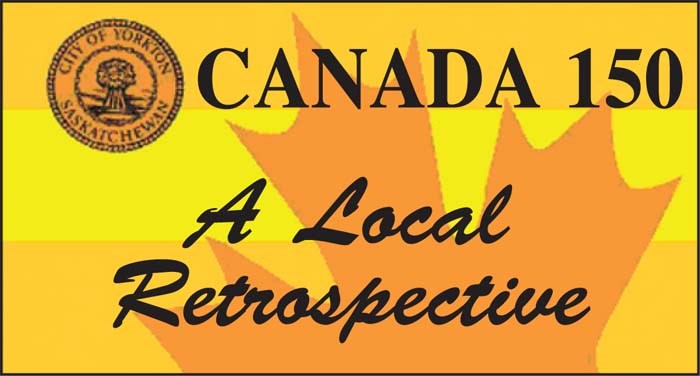In the 1950s, the Avro Arrow was touted as the most advanced military aircraft ever designed and a testament to Canadian ingenuity. The project, to build a fighter jet capable of intercepting Soviet nuclear bombers, was also a huge employer.
Approved in 1953 by the Liberal government of Louis St. Laurent, it would become a political hot potato by the end of the decade.
When John Diefenbaker’s Conservatives finally defeated the Liberals in 1957 after five consecutive terms, the Arrow was a natural target of a cost-busting platform, but with a minority government, the project continued. After Dief managed to get his historic majority in 1958, the Arrow was doomed. The government cancelled the project February 20, 1959, just a month shy of a scheduled review.
It was a controversial decision, but one that was necessary according to the editorial in The Enterprise on February 26, 1959.
“Sane-minded Canadians who have the good of Canada at heart will be glad that Prime Minister Diefenbaker had the courage last Friday to announce that the government has taken to end a spree of reckless expenditure. And this step meant certain disaffection of thousands of erstwhile government supporters in the heart of their strongest citadel—Toronto.”
This was the height of the Cold War and a time of economic recession. The defence strategy of North America was changing and there was a strong sense the Arrow was going the wrong direction.
“Under the irresistible dictates of geography, the defence of North America has become a joint enterprise of both Canada and the United States,” Diefenbaker said. “In the partnership each country has its own skills and resources to contribute, and the pooling of these resources for the most effective defence of our common interests is the essence of production sharing.”
In retrospect, it is hard to argue Diefenbaker was wrong considering $400 million had already been spent without having rolled out a single production aircraft and A.V. Roe had no orders or prospective customers outside of Canada.
It did cost the economy 29,000 jobs, however, and perhaps more problematically, a brain drain of top engineers and scientists to the United States, a problem that still plagues the country to a certain extent as our best and brightest seek more lucrative and/or challenging opportunities abroad.
The Arrow project was replaced by the establishment of American-owned missile-defence systems on Canadian soil, which had its own set of controversies.
In local news for that week in 1959, the top story was the announcement of the school unit (division) budget of $833,000, the largest to date and an increase of 16 per cent over 1958. It featured a $400,000 building program including a new high school for Saltcoats ($100,000) and a composite school for Yorkton ($150,000). Most of the budget increase was due to salaries.
Also, in education news, City Council heard an application from the Lions Club to build a new “school for retarded children.”
Other news included the renewal of the RCMP contract, a last call for polio vaccinations and information on the coming of natural gas to Yorkton.
At the Yorkton Co-op Shopping Centre, you could get eight tins of tomato or vegetable soup for $1.
The Bay was advertising men’s flannel suits for $28.88, winter jackets for $7.88 and ladies’ all-wool dresses for $3.88.
The Tower Theatre was playing Around the World in Eighty Days.



